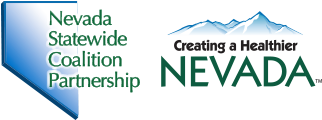In one of the first looks at privately insured patients with opioid problems, researchers paint a grim picture: Medical services for people with opioid dependence diagnoses skyrocketed more than 3,000 percent between 2007 and 2014.
The study considers a huge cohort of people who have either job-based insurance or buy coverage on their own. Its findings illustrate that the opioid problem is “in the general mainstream,” said Robin Gelburd, president of Fair Health, a nonprofit databank corporation focused on health care cost transparency and insurance information. “Is the health system preparing for this tsunami of services?” she said.
The researchers used de-identified claims data from insurers representing 150 million patients, looking for diagnosis codes related to opioid dependency and abuse, adverse effects of heroin use, and problems caused by the misuse or abuse of other types of opiates. While heroin is a street drug, other opiates are often prescription medications.
They found that much of the increase in opioid dependence occurred since 2011, a period marked by increased attention to the problem and a growing drumbeat by advocates calling on doctors to reduce the number of opioid prescriptions.
Younger patients — 19 to 35 — were most likely to be diagnosed as opioid dependent compared to other age groups. Dependence is defined by symptoms such as increased tolerance, withdrawal or unsuccessful attempts to quit
[su_button url=”http://khn.org/news/opioid-dependence-leads-to-tsunami-of-medical-services-study-finds/” target=”blank” style=”flat” background=”#0a3853″ center=”yes” icon=”icon: adjust” icon_color=”#ffffff” desc=”Opioid Dependence Leads To ‘Tsunami’ Of Medical Services, Study Finds”]Click to read more[/su_button]
